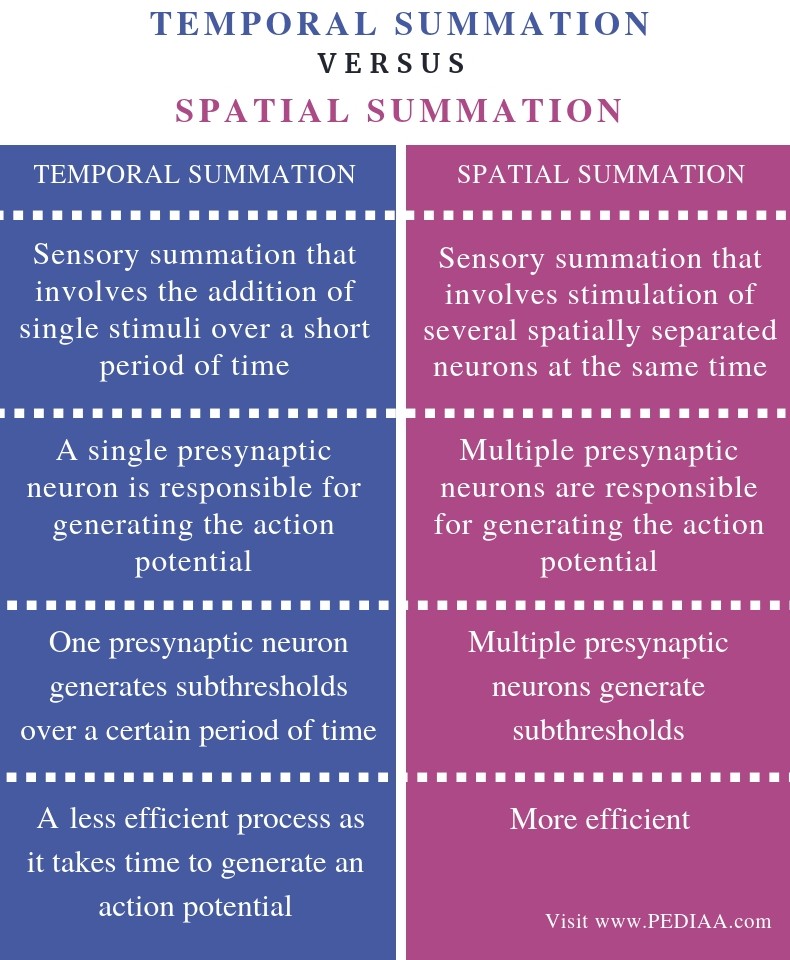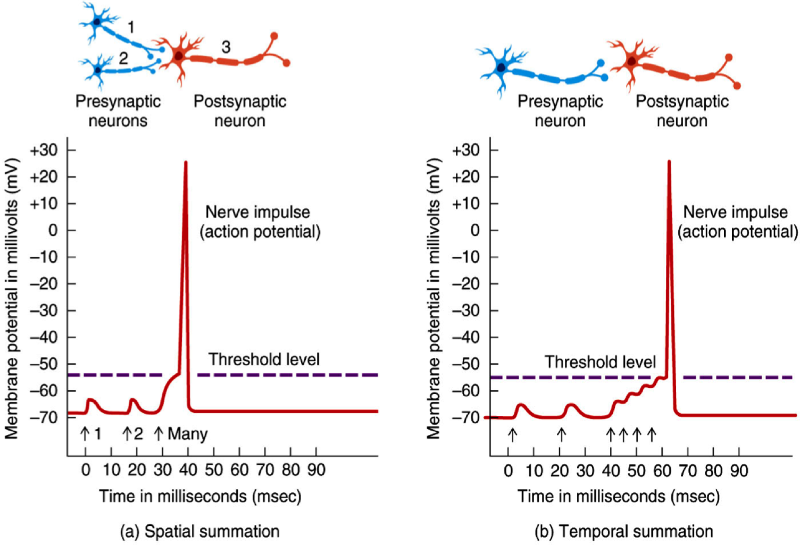
Grasping Dimensions: A Look at How We Sense Reality
Understanding Our Perception of the World and Its Changes
Ever ponder how we actually make sense of everything around us? It’s not solely about what’s right here, right now, but also about the way things evolve. Our knack for taking in and understanding information leans heavily on two basic kinds of sensing: temporal and spatial. Picture it like this: spatial sensing tells you the *location* of something, while temporal sensing tells you *when* something occurs or how it shifts *as time passes*. They’re two sides of the same coin, constantly collaborating to build a full picture of what we experience. It’s almost like having two different kinds of investigators on a case, each specializing in a distinct part of the puzzle.
Spatial sensing, at its core, deals with how objects and events are arranged in our three-dimensional world. It’s how we perceive distances, forms, sizes, and where things are in relation to each other. Our eyes, with their capacity to capture a moment in front of us, are excellent examples of spatial sensors. So are the devices in driverless cars that map their surroundings, or the GPS that pinpoints your spot on the planet. It’s all about grasping the “where” of things.
Now, let’s turn our attention to temporal sensing. This type of sensing is all about the changes that happen over time. It involves noticing when events take place, how long they last, how often they occur, and the speed at which things develop. Think about your ears, which can pick up the changing tones and rhythms of music, or your skin, which can feel the gradual warmth of the sun. Weather stations that track temperature changes throughout the day, or seismographs that record the earth’s movements over time, are also great examples of temporal sensors in action. It’s the “when” and the “how things change” that really define this area.
The interaction between these two ways of sensing is really important for how we understand the world. Imagine watching a bird flying across the sky. Your spatial senses tell you where the bird is at any moment and the path it’s taking, while your temporal senses track its movement over time, letting you figure out its speed and direction. Without both, our understanding would be incomplete and static, like a single, unchanging photograph. It’s this dynamic duo of sensing that truly brings our world to life.
Looking Closer: How Each Type of Sensing Works
Exploring the Basic Ideas and Some Real Examples
Spatial sensing often uses groups of detectors that simultaneously gather information from different spots in space. Think of the tiny pixels on your camera sensor, each recording the brightness and color of light from a specific point in the scene. This simultaneous processing allows for the quick capture of a spatial map. In living things, our retinas have millions of light-sensitive cells that work together to create a spatial image of what’s around us. It’s a wonderful example of how complex spatial information can be gathered in a single instant.
Consider lidar (Light Detection and Ranging) used in those self-driving vehicles we mentioned. It sends out pulses of laser light and measures the time it takes for the light to bounce back after hitting something. By looking at the time it takes for these pulses to return from many different points, a detailed three-dimensional picture of the environment is created. This is a clever way that spatial sensing can be achieved by actively probing the surroundings.
Temporal sensing, on the other hand, focuses on watching for changes in a signal or stream of data over a period. This often involves taking measurements at regular intervals and looking at the sequence of those measurements. A simple example is a thermometer that records the temperature at different times during the day. The sensor itself might be measuring a physical property (like the expansion of a liquid), but the temporal aspect comes from recording and analyzing how that property changes over time.
Electrocardiograms (ECGs) are a fascinating example of temporal sensing in medicine. They measure the electrical activity of the heart over time, giving important information about its rhythm and how it’s functioning. The shape and timing of the different waves in an ECG signal are key for diagnosis. Similarly, in speech recognition, the temporal sequence of sound frequencies is analyzed to understand the words being spoken. It’s all about capturing how a signal evolves dynamically.
Working Together: The Interplay of Temporal and Spatial Sensing
Showing How They Combine Power in Real-World Situations
The real magic of sensing happens when temporal and spatial information are combined. Think about how we predict the weather. Spatial sensing, through satellite images and radar, gives us a snapshot of current weather patterns across a region. However, it’s the temporal sensing — the continuous tracking of temperature, pressure, wind speed, and humidity over time — that allows weather experts to predict how these patterns will change. Knowing both “where” the storm is and “how” it’s changing over time is what makes accurate forecasting possible.
Robots that can operate on their own rely heavily on combining temporal and spatial data. Their spatial sensors (like cameras and lidar) create a map of their environment, while temporal sensing allows them to track the movement of objects and their own movement within that environment over time. This enables them to navigate safely and interact with their surroundings in a dynamic way. Without understanding both “where” obstacles are and “how” they are moving, a robot would be lost and potentially dangerous.
Consider the area of security and surveillance. Spatial sensing, through cameras placed in important locations, provides a visual record of an area. However, it’s the temporal analysis of these video feeds — noticing changes in activity, identifying patterns of movement over time, and highlighting anything unusual — that turns raw footage into useful information. The “where” of the cameras combined with the “when” and “how” of the events captured gives a much deeper understanding of what’s happening.
Even in something as simple as playing a video game, both types of sensing are at play. Your spatial awareness allows you to understand the layout of the game world and where your character and other things are. But it’s your temporal sensing that allows you to react to what’s happening — the timing of an enemy’s attack, the changing speed of a moving platform, how long a power-up lasts. The smooth combination of these two ways of sensing creates the engaging and interactive experiences we enjoy.
What This Means and Where It’s Going
Exploring the Impact Across Different Areas and New Trends
The difference between temporal and spatial sensing has significant practical implications in many different fields. In manufacturing, spatial sensing is used to check the quality of products, making sure they meet size and shape requirements. Temporal sensing, on the other hand, is really important for keeping an eye on how machinery is performing over time, predicting when things might break down, and planning maintenance. Knowing which type of sensing is most important for a specific job is key to designing effective solutions.
In healthcare, medical imaging techniques like MRI and CT scans give us detailed spatial information about the human body. However, monitoring vital signs like heart rate and blood pressure over time (temporal sensing) is just as critical for diagnosing and managing medical conditions. The combination of continuous monitoring devices with advanced imaging techniques promises to give us a more complete picture of a patient’s health.
The growth of the Internet of Things (IoT) is making the lines between temporal and spatial sensing even less clear. Smart cities, for example, rely on a network of sensors that collect both spatial data (like how traffic is flowing in different areas) and temporal data (like changes in air quality over time). Analyzing this combined information can lead to better use of resources and a better quality of life for people living there. It’s about understanding not just what is happening where, but also how things are changing across the city.
Looking to the future, we can expect to see even more advanced ways of combining temporal and spatial sensing technologies. Improvements in making sensors smaller, in artificial intelligence, and in how we analyze data will allow us to capture and understand increasingly complex information. Imagine personalized systems that track both your location and your exposure to pollution over time, or smart transportation systems that change traffic flow based on real-time spatial and temporal data. The possibilities are really exciting as we continue to get better at perceiving and understanding the world in all its dimensions.
Frequently Asked Questions
Your Questions Answered!
Q: So, if I’m watching a movie, am I using both temporal and spatial sensing without even thinking about it?
A: Exactly! Your spatial senses are taking in all the visual details on the screen — the shapes, the colors, where the actors and objects are. But your temporal senses are essential for following the story as it progresses. You’re perceiving the movement of the characters, how the scenes change, and the rhythm of the dialogue. It’s this smooth combination of both that lets you experience the movie as a dynamic story.
Q: Can one single sensor actually do both temporal and spatial sensing at the same time?
A: That’s a smart question! Yes, in many cases, a single physical sensor can contribute to both. For instance, a video camera captures spatial information in each individual frame (the picture itself), but by recording a series of frames over time, it also gives us temporal information about movement and changes within the scene. Often, the key is in how the data from the sensor is processed and understood.
Q: Why should I even bother understanding the difference between these two types of sensing? Isn’t “sensing” just one big thing?
A: While it might seem like a very specific distinction, understanding the difference between temporal and spatial sensing is really important in many fields, from building things and working with robots to understanding the brain and studying the environment. It helps us design better sensors and systems for specific jobs. For example, if you want to track where a drone is flying and how fast it’s going, you need both precise spatial information about its location and accurate temporal information about its speed and direction. Recognizing these basic differences allows us to tackle sensing problems in a more thoughtful and effective way. Plus, it’s quite interesting to think about how we perceive the world around us, don’t you agree?

What Is The Difference Between Temporal And Spatial Coherence Compare

Major Differences Between Temporal Vs Spatial Summation

What Is The Difference Between Temporal And Spatial Summation

Bio 201 Nervous System Flashcards Easy Notecards

Difference Between Temporal And Spatial Heterogeneity Compare The
